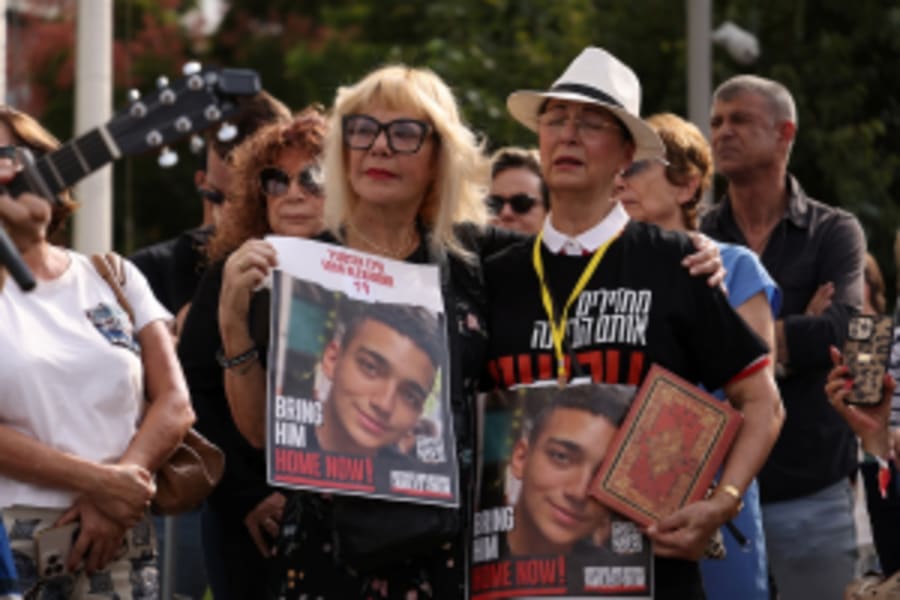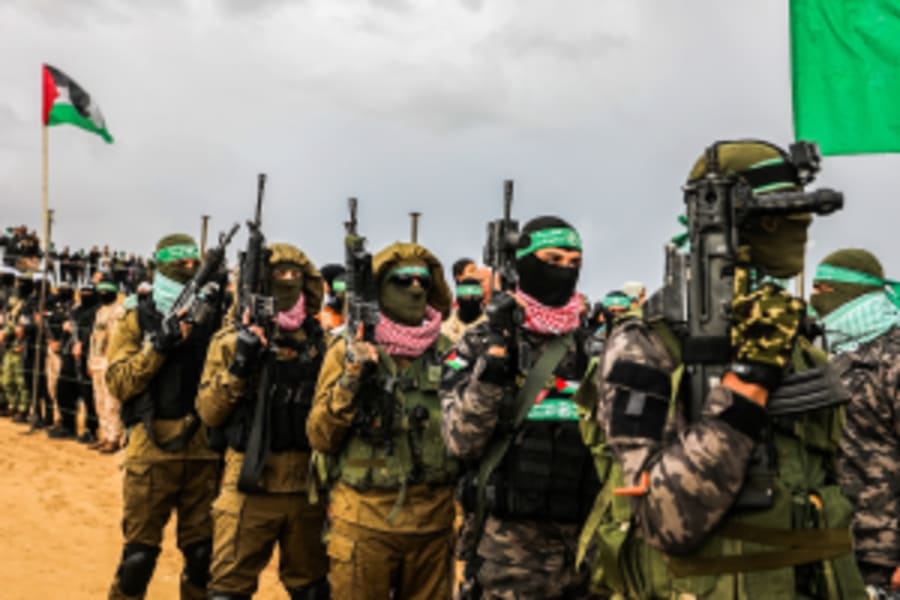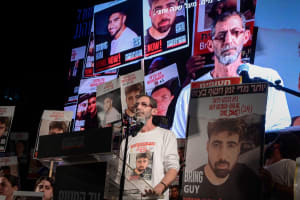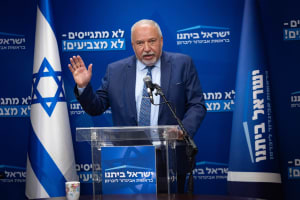What's the IDF's new battle plan 'Operation Gideon's Chariots' and how will it shape the future of Gaza?
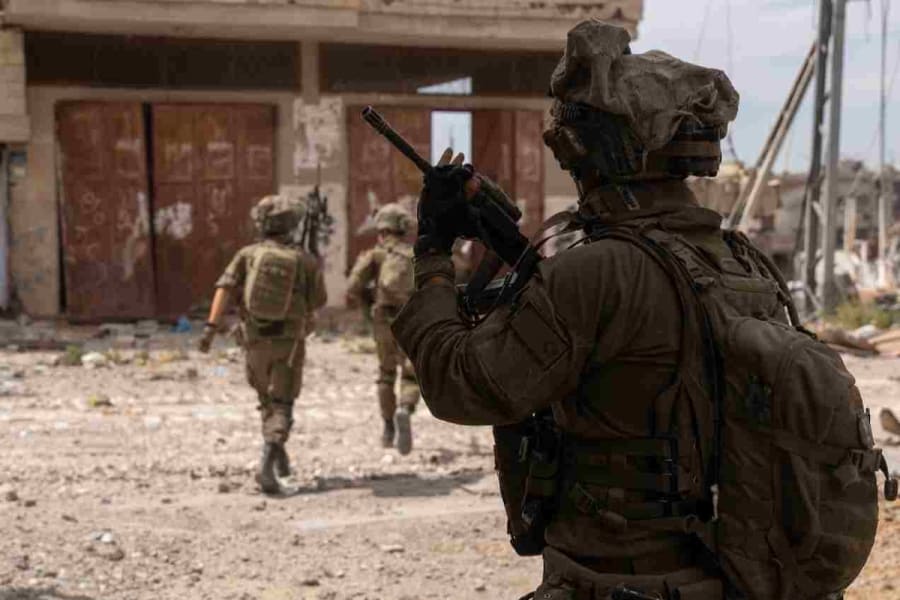
Israel's new plan for the Gaza War, “Operation Gideon’s Chariots,” is intended to achieve the government’s war aims and will commence if the Hamas terrorist organization does not agree to a hostage-ceasefire deal before the end of U.S. President Donald Trump’s visit to the Middle East next week.
A senior defense official shared some of the details of Operation Gideon’s Chariots with the media earlier this week, after the Israeli military announced it was sending tens of thousands of call-up orders to reserve soldiers over the weekend.
“A central component of the plan is the broad evacuation of the entire Gazan population out of the war zones, including northern Gaza, to areas of southern Gaza, while creating a separation between them and Hamas terrorists, to give the IDF operational freedom of action,” the Israeli official stated.
According to urban warfare expert John Spencer, the operation will be “guided by a phased strategy” from previous conflicts: “Clear, Hold, Build.”
Instead of the previous strategy employed during the fighting up until the Jan. 20 hostage-ceasefire deal, which saw the IDF conduct raids in specific neighborhoods, engage and defeat Hamas forces in the area, and then retreat, Spencer said this new strategy will see the IDF hold all captured territory.
The official also said that “the IDF will remain in every area that is conquered, to prevent terrorism from returning. It will handle every cleansed location according to the Rafah model, where all threats were eliminated, and it became part of the security zone.”

Spencer outlined the three distinct phases of the operation: Preparation, Clear and Hold, and Build.
During the "Preparation" phase, which has already begun, the IDF is shaping the battlefield by isolating Hamas battalions, expanding and strengthening its hold on specific corridors needed for security and bringing in supplies, while allowing time for ongoing hostage release negotiations.
The Israeli government has decided to wait until after the visit of U.S. President Donald Trump before moving to the second phase, hoping that Hamas can be pressured into a deal to release more hostages before intense fighting begins.
The White House announced that Trump will visit Saudi Arabia, Qatar, and the United Arab Emirates between May 13 and May 16.
The second phase, which Spencer called “Clear and Hold,” will see the IDF begin to systematically clear areas of Gaza of the Hamas presence while simultaneously allowing for the evacuation of civilians to a new humanitarian zone, which is already being prepared in Rafah.
While the IDF has not yet declared Rafah to be “sterile,” meaning all Hamas operatives and infrastructure have been cleared, an announcement to that effect is expected in the coming days.
As previously reported, Israel and the United States have already engaged in talks with other nations about distributing humanitarian aid in this new zone, which will be free from Hamas control.
The zone will also serve as a model for what the Israeli military will try to accomplish throughout the rest of Gaza, especially during the third “Build” phase. As the IDF begins its efforts to clear an area of Hamas, it will first evacuate civilians from those areas to safe zones, such as Rafah, and gradually permit their return once the area is secured.
IDF-controlled safe zones are also expected to be established in the northern Gaza Strip, possibly in the central region, after it is cleared of Hamas. This will allow the military to separate the civilian population from the Hamas operatives and allow the distribution of humanitarian aid without the fear of it being captured by he terrorists.
This strategy would also minimize Hamas’s ability to use civilians as human shields.
This system, where the military clears territory of Hamas while relying on private organizations to distribute humanitarian aid in safe zones, also allows the IDF stay true to the vision of IDF Chief of Staff Eyal Zamir, who stridently opposes directly involving the IDF in dispensing aid, insisting to solely on defeating Hamas and returning the hostages.
The government has made it clear that the current blockade on humanitarian aid to Gaza will remain in place. Aid will be distributed only in areas under full Israeli control, with no humanitarian assistance permitted in regions not secured by the IDF.
The official said that “only later, after the beginning of operational activity and a broad evacuation of the population to the south, will a humanitarian plan be implemented.”
Additionally, security sources, along with government ministers, have reiterated that throughout the operation, Israel will continue to seek options for those wishing to voluntarily emigrate from the Gaza Strip.
While the plan's details remain unclear as to how the IDF intends to secure the release of the remaining hostages, which Prime Minister Benjamin Netanyahu says remains a priority, Israeli author Saul Sadka, suggested in a blog post that Israel could also use the strategy of dividing the Gaza Strip to isolate and weaken different Hamas fighting groups.
Such a strategy would allow Israel to offer terms of surrender to small groups of Hamas fighters instead of negotiating with the centralized leadership. Hamas’ leaders, some of whom are living in luxury in Qatar, have little incentive to agree to any Israeli demands. However, Hamas fighters on the front line in Gaza, deprived of resources and tired of the drawn-out fight, might be willing to surrender.
“By isolating Hamas strongholds, Israel can negotiate directly for hostage releases, bypassing Hamas leadership,” Sadka wrote.
This “divide-and-conquer” strategy would also effectively cut off Hamas leadership from its fighters, which would also degrade its ability to fight in an organized way.
During the final "Build" phase, Israel – together with willing international partners – will help develop new governance structures, free of Hamas in those isolated zones.
Both Spencer and Sadka point out that the security corridors in between the zones will provide the IDF with rapid access into the enclave if military action is needed, while also separating each area, facilitating the establishment of local municipal governments in each zone. Eventually, these zones could be merged under a single Palestinian government to administer the entire enclave, provided efforts to establish an alternative governance bear fruit, while ensuring that the IDF can maintain security.
Another key element of Operation Gideon’s Chariots is the issue of permanent buffer zones. Even before announcing information about the new operation, Israeli defense leaders made it clear that Gaza's overall territory would be smaller at the end of the war. The IDF has already begun to clear and expand existing buffer zones along the border area.
In addition, Israel has said that none of that territory in those expanded buffer zones, currently several kilometers deep, will be returned to Gaza in a future agreement.
“In any temporary or permanent arrangement, Israel will not evacuate the security zone around Gaza, which is intended to protect communities and prevent weapons smuggling to Hamas,” the IDF stated.
The official also warned Hamas, “If no hostage deal is carried out, Operation Gideon’s Chariots will begin with great intensity and will not stop until all its objectives are achieved.”

J. Micah Hancock is a current Master’s student at the Hebrew University, pursuing a degree in Jewish History. Previously, he studied Biblical studies and journalism in his B.A. in the United States. He joined All Israel News as a reporter in 2022, and currently lives near Jerusalem with his wife and children.
You might also like to read this:










